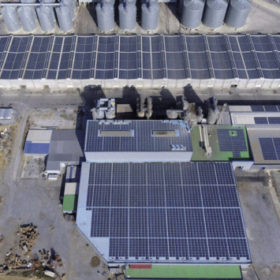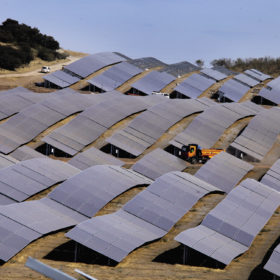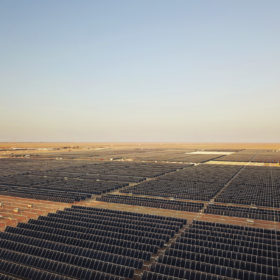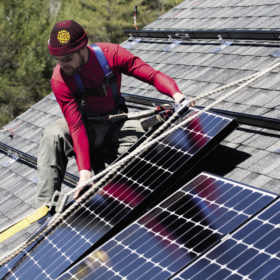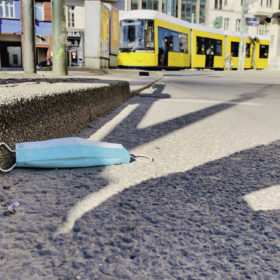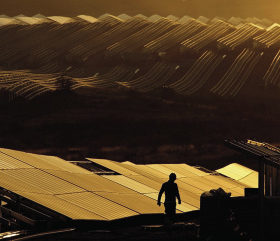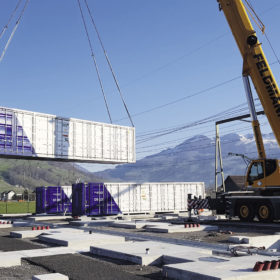The future of Turkish PPAs
Everyone is talking about how power purchase agreements are a key tool to increase PV capacity in Turkey, due to the looming uncertainty of the country’s feed-in tariff regime after mid-2021. According to Stantec Turkey’s Selen Inal, Koray Goytan, and Alcan Ozden, the incentives could be lower than expected, or even unavailable for some technologies. This has raised questions about alternative financing mechanisms.
Resiliency in the face of Covid-19
While some parts of the global economy have been decimated by the Covid-19 pandemic, others have prospered. Solar PV has fared better than most, yet the resilience it has shown varies significantly between markets. pv magazine publisher Eckhart K. Gouras casts an analytical eye across a number of key markets to assess what is informing the trends.
The land of the low tender
Some of the world’s most cost-competitive solar arrays have been built among the rolling dunes of the vast Arabian Desert. While some government policies appear to be targeted at breaking records, nobody expects the oil-rich Gulf region to bring about truly sharp changes in pricing for solar PV plants.
Californian mandate to deliver more than 1 GW
California, the economic and cultural powerhouse of the United States, has long led the way when it comes to solar deployment – both on the rooftop and at utility scale. The state is now pushing forward with a solar mandate for new homes, which could be a ‘eureka moment’ for the U.S. solar sector.
Turkish policy turns to the rooftop
Turkey’s stuttering economy, shifting PV policy landscape, and the fruitless YEKA tenders have undermined the country’s solar progress, even though it was considered Europe’s most promising market as recently as two years ago. But its rooftops could still bloom if new regulations that will be issued in May manage to make solar attractive to both businesses and households alike.
PV in the pandemic
“Unprecedented” appears to be a frequently used term to describe the Covid-19 crisis that the global economy, our societies and healthcare systems are now facing. And while outbreaks of severe and potentially life-threatening diseases have occurred at various stages in the modern age, our globally connected reality today means that the coronavirus could have impacts that are truly without precedent.
2020: the first year for the PV sector to record a decline
In the wake of Covid-19, IHS Markit lowered its solar forecast from 142 GW to 104 GW. Compared to the 125 GW of solar capacity installed in 2019, the forecast would mean a turnaround from 13.6% annual growth to a 15% contraction. The IHS Markit forecast is based on Covid-19 being controlled and market restrictions being gradually lifted in the second and third quarters of the year.
Beware of zombies: PV thriving after chaos
In times of crisis, a population usually divides itself into two opinion groups. On the one hand, there are those who believe the storm will pass and things will return to business as usual. And on the other, there are those who took the time to embrace the new reality, accepted it, and now swear that the old world has disappeared and won’t ever come back. In general, writes Becquerel Institute’s Gaëtan Masson, reality splits between the two and makes everyone wrong. And this is what might be about to happen in the solar PV sector.
Three factors for success in the Irish solar market
Recent years have seen an explosion of installed PV capacity across the European Union, fueled by the well-documented rapid reduction in technology costs and favorable subsidy regimes in many jurisdictions. However, one corner of Northern Europe remains relatively untouched by the solar revolution, writes Adam Sharpe of Everoze. The Republic of Ireland currently has the second-lowest amount of installed PV capacity in the European Union, at just 36 MW by the end of 2019.
Europe ramps up policy support for storage
Policy support for battery energy storage is gaining momentum across Europe as national governments remove regulatory barriers and the EU pledges financial support for this emerging technology. In several countries, revised capacity markets now allow energy storage operators to compete for subsidy contracts on a more equal footing with power generators. Support from the European Battery Alliance and €1 billion in loans from the European Investment Bank in 2020 alone should help shore up investor confidence. Battery storage will be a key component to support the growth of solar PV – but the rollout of projects will have to accelerate faster to fulfill this potential.
